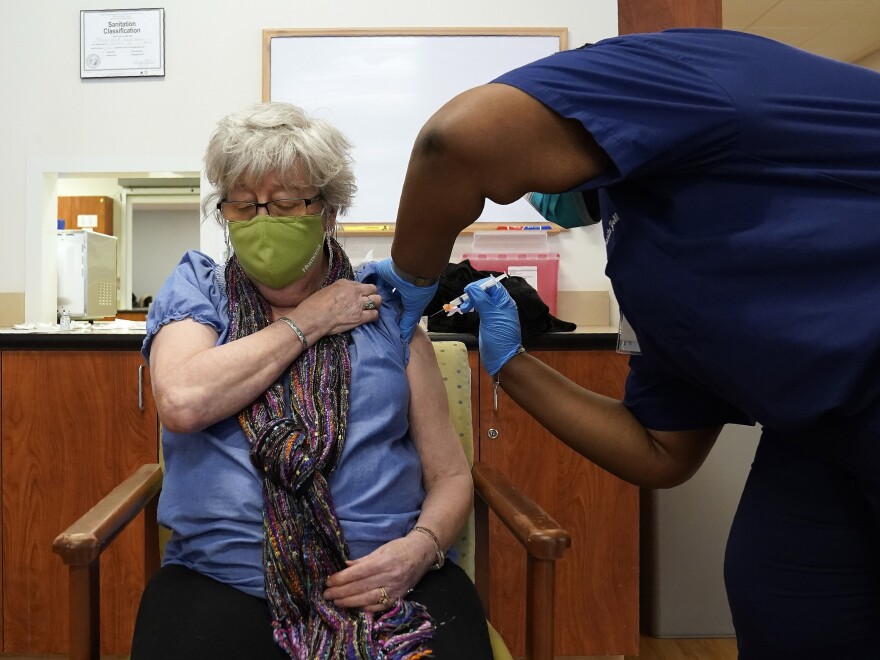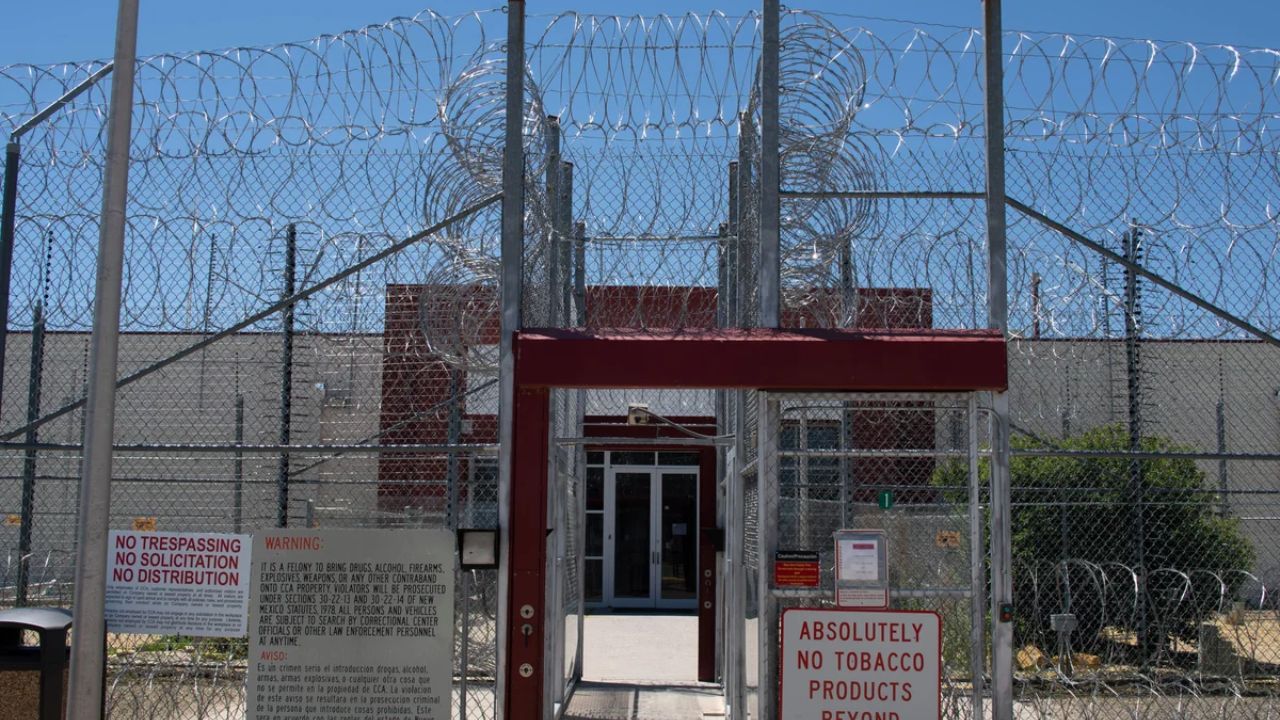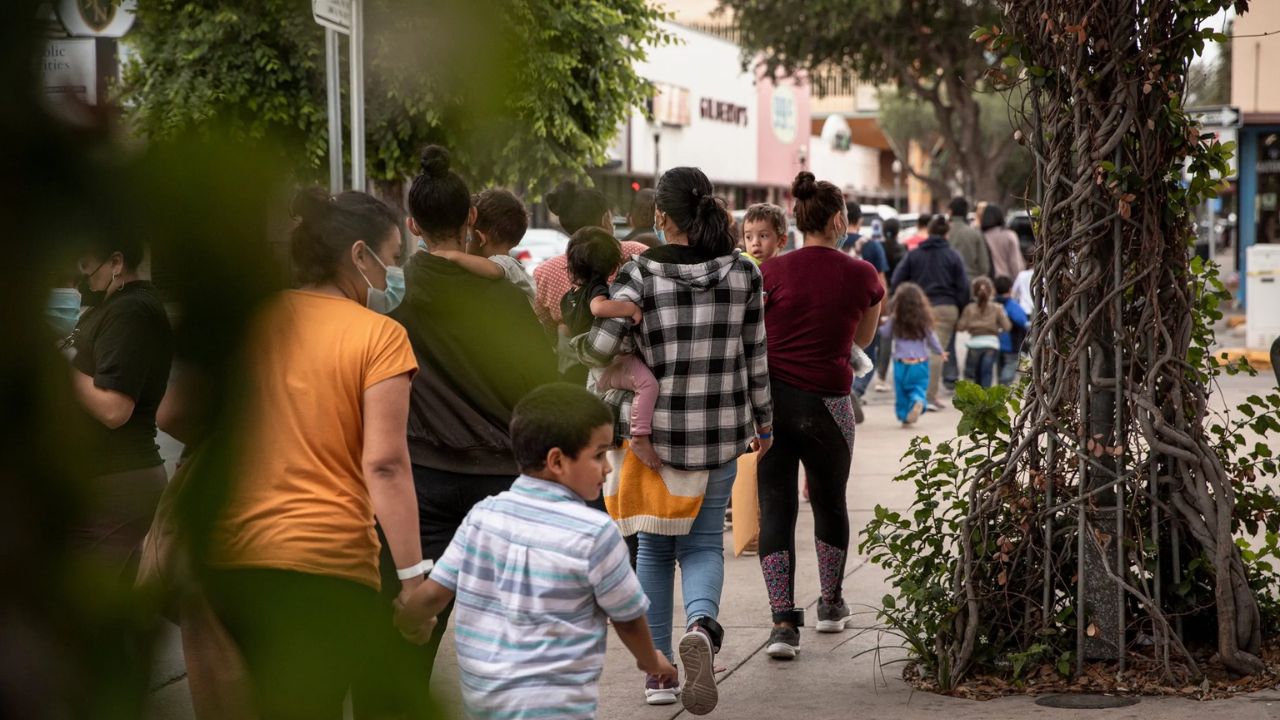The federal government is prepared to lessen support for Medicaid and the insurance exchanges created by the Affordable Care Act after the approval of the major Republican tax and spending plan. According to the Congressional Budget Office, by 2034, these cuts may result in 10 million Americans losing their health insurance.
Legislators have defended these cuts as an essential measure to confront the larger budget imbalance that the big bill’s tax cuts and other spending increases have made worse. That doesn’t account for the fact that these cuts will result in costs that will eventually trickle back to the federal government from hospitals, clinics, and private citizens.
Where do people go if they are uninsured?
Health care is not the same as other products, such as cars, cocktails, or movie tickets. People still require health care even if they are unable to pay for it. So, if a person does not have health insurance, where do they acquire their medical care?
Federated Qualified Health Centers (FQHCs) are community clinics that offer comprehensive primary care, dental care, mental health and substance addiction services, and specialist care to low-income individuals. With 90% of its patients at or below 200% of the federal poverty level, FQHCs charge a subsidized fee based on their financial capacity. With more than 15,000 locations servicing over 31 million patients in 2023, they are an essential source of care for those without insurance or with inadequate coverage.
Of course, cutting Medicaid enrollment will result in less money coming to the program. However, the primary source of income for FQHCs is Medicaid patients, and they use federal grant funding to pay for the care of the uninsured. The stability and reach of FQHCs may be in jeopardy if Medicaid coverage is reduced without corresponding increases in federal grants to pay for the uninsured. Despite receiving $5.6 billion in grants in 2023, FQHCs are already operating on razor-thin margins, and the COVID-19 pandemic’s impact on Medicaid enrollment has made matters worse. Therefore, in the absence of more grant funds, clinics might have to lower their spending per patient, struggle to find and keep doctors, or cut back on the services they provide. In an attempt to bridge the gap, more uninsured patients may turn to hospital emergency rooms as a result.
Hospitals as insurers of last resort
Hospitals are required to serve patients regardless of their financial situation for a number of reasons. For instance, hospitals are required by federal law to treat every patient that arrives in their emergency rooms. Federal law also requires non-profit hospitals to offer charity care or “free or discounted health services” to the community in order to keep their tax-exempt status. Nearly half of all hospitals in the United States are nonprofit, making them a significant supplier of healthcare. Physicians are also required by medical ethics to act as “Good Samaritans” and treat patients regardless of their financial situation.
Some of this charitable care for the uninsured is essentially being subsidized by taxpayers thanks to nonprofit hospitals’ tax-exempt status. But hospitals will also suffer if Medicaid is eliminated. An extra 300 rural hospitals are in danger of going “towards a fiscal cliff” as a result of the Medicaid cuts, and half of them are already running at a deficit. Concern over hospital closures in rural areas prompted an additional $50 billion to be set aside for a “Rural Health Transformation Program,” but according to a KFF analysis, this only makes up one-third of the money that was lost as a result of the Medicaid reduction.
According to a study by economists Craig Garthwaite, Tal Gross, and Matthew Notowidigdo, hospitals serve as “insurers of last resort.” In the end, hospitals are the ones who pay the price when lawmakers reduce Medicaid enrollment. In 2021, hospitals delivered $22.5 billion in uncompensated care to uninsured people, totaling over $40 billion spent on charity care and bad debt (about 5 to 6% of hospital expenses), according to MACPAC (the Medicaid and CHIP Payment and Access Commission). Based on hospital financial data, the authors calculate that hospitals pay an average of $11,000 in uncompensated care expenses for every visit from uninsured patients.
Higher uncompensated care expenses are reported by nonprofit hospitals, both religious and secular. For-profit hospitals report minor and negligible impacts on uncompensated care expenses when the number of uninsured people rises. Hospitals pay an average of $800 more in uncompensated care expenses for every new uninsured individual in the nation.
Medical debt
Thus far, we have discovered that the growing number of uninsured people puts a financial strain on two crucial components of the social safety net: nonprofit hospitals and community health clinics. However, what about the actual patients?
Expensive medical expenses combined with large deductibles and cost-sharing can result in medical debt and, in certain situations, bankruptcy, even for people who have health insurance. Twenty million people, or about 8% of adults, have some kind of medical debt, with about 6% of adults owing more than $1,000, according to a KFF analysis. The total amount of medical debt held by Americans is an astounding $220 billion. Medical debt is more common among individuals without insurance (11%), those with low incomes (11%), and those with impairments (13%).
Financial ruin might result from an inpatient hospital stay and without having insurance. According to this study, “The Economic Consequences of Hospital Admissions,” being admitted to the hospital without insurance raises the likelihood of filing for bankruptcy by about 40%. According to their estimates, hospital stays account for approximately 6% of bankruptcies among uninsured people and 4% of bankruptcies among insured people.
Nonetheless, the evidence repeatedly demonstrates that obtaining coverage can prevent medical ruin for those without insurance. According to a different study, a 10 percentage point increase in Medicaid eligibility lowers consumer bankruptcies by 8%. This study uses the Medicaid expansions from the mid-1990s and early 2000s. Similar findings are found in the well-known Oregon health insurance experiment, which randomly assigned participants to Medicaid coverage. Having health insurance lowers the likelihood of out-of-pocket medical expenses by 35% and the likelihood of an unpaid medical bill being referred to collections agencies by 25%.
Poor health makes us all poorer
It goes without saying that not having insurance has a negative impact on one’s health: those without insurance are less likely to receive the necessary specialty care, have more trouble getting prescription medications and dental care, and receive less preventative care. As demonstrated above, it is also detrimental to the uninsured’s financial situation. However, a more ill population also hurts the economy as a whole. Long-term data indicates that having insurance as a youngster increases an individual’s productivity as an adult. Those who were covered by Medicaid as children were more likely to be enrolled in college, earn more money, and utilize fewer government assistance by the time they were 28 years old.According to this study, for every $1 spent on Medicaid coverage for children, the government was able to recover 58 cents. Economic growth is negatively impacted by a sick workforce because employees who are ill put in less hours, which lowers labor productivity overall.
Therefore, restricting Medicaid eligibility may save the federal government money, but it will affect other sectors of the economy. Hospitals, patients, taxpayers, community health clinics, and, of course, the uninsured people will all bear some of the financial burden.
Copyright 2025 NPR






